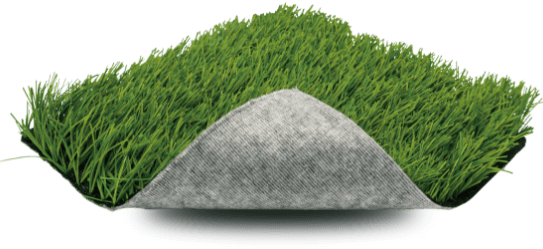Future trends of environmental protection – recycling artificial grass
- 12/12/2018

Since the launch of the FIFA artificial grass quality program in 2001, the world’s football management agencies have continuously developed standards to adapt to the changing times. FIFA’s work focuses on how artificial turf adapts to professional football competitions, and artificial turf appears more and more in football matches. From the application of the campus football field to the FIFA World Cup preliminary, you can easily find artificial grass.
The service life of artificial turf is usually about 8 years, and the problem we face is: With the increasing use of artificial grass, the demand for replacement is increasing, and how will the waste generated have an impact on the environment? How can I make it recycle?
The current treatment methods include the following:
- Deep burial (this treatment is not degradable)
- Incineration (generating a large amount of harmful gases)
FIFA and the authorities have also drafted a document on the reuse and recycling of artificial turf, emphasizing the need to raise awareness of the recycling of artificial grass and provide relevant environmental information to owners of installation or renovation sites.
In line with this trend, the world’s leading artificial grass manufacturer, CCGrass launches the PRT series, which uses a special process to eliminate glue, and is truly fully recyclable. Not only that, its tuftlock and water permeability is better than the traditional backing.



